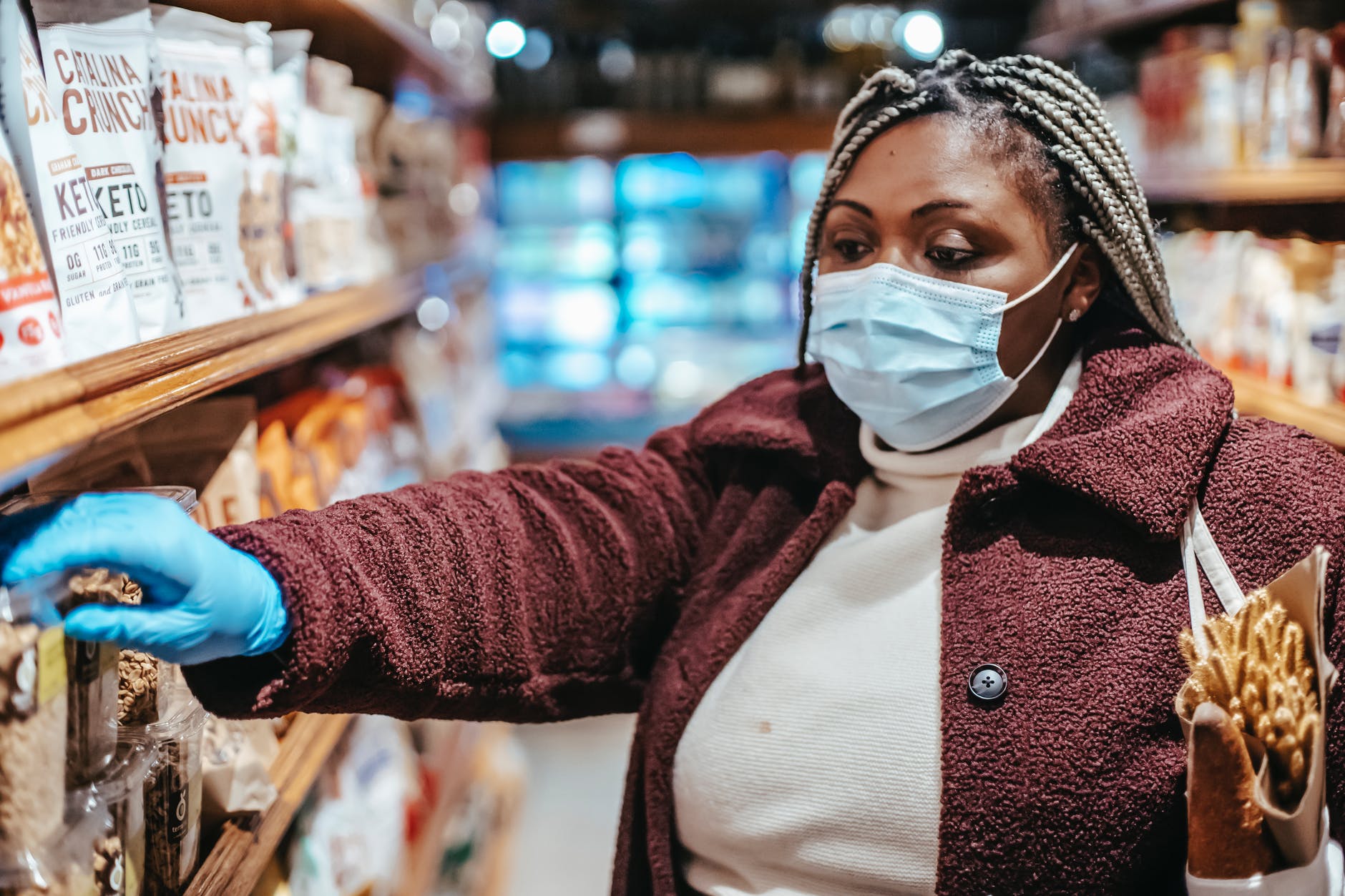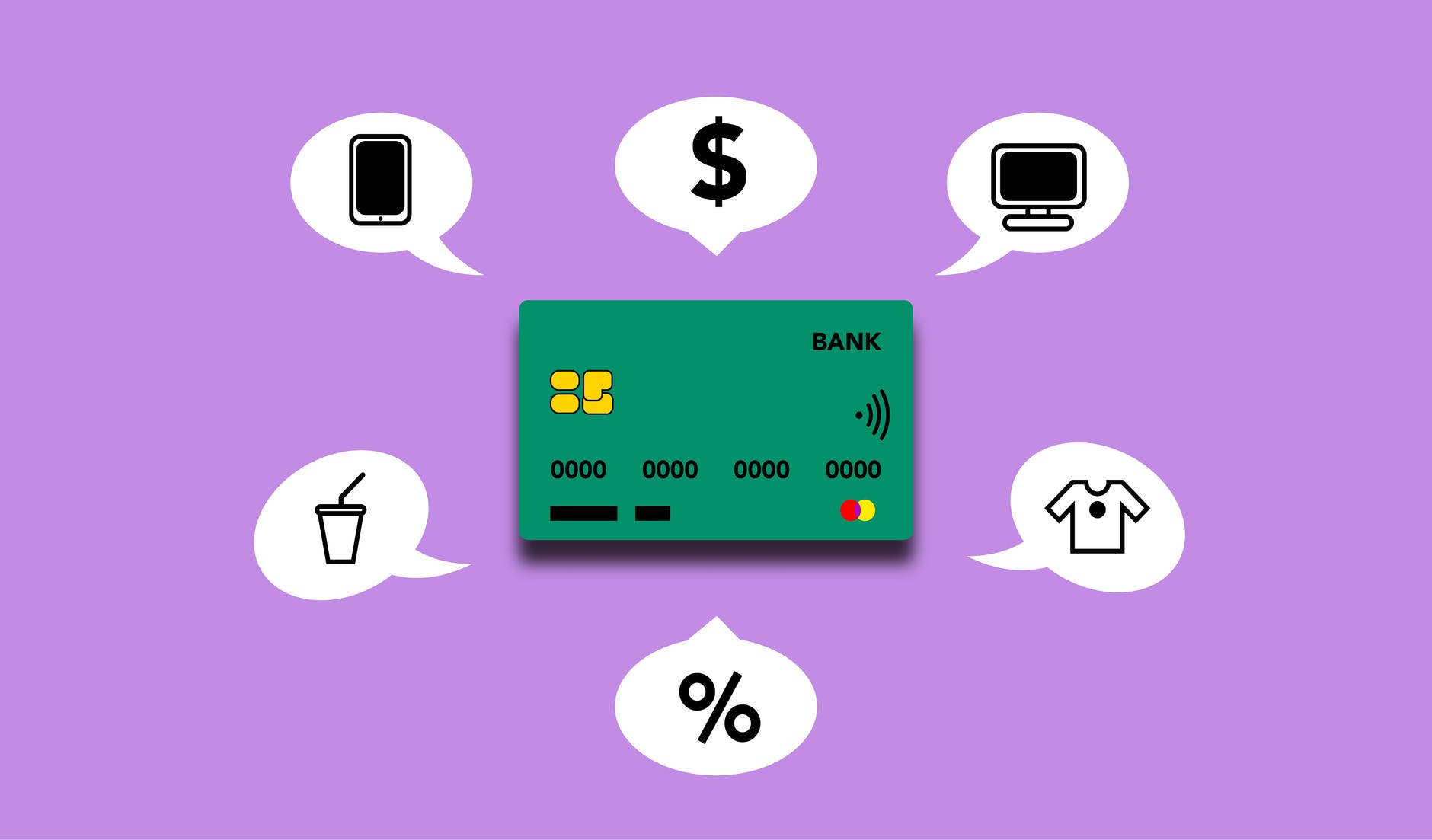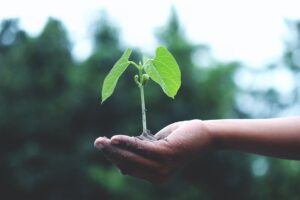Having a food stockpile is not just for disaster prepping. Building your own food stockpile will help keep your family fed during both economic and disaster emergencies.
Perhaps you lost your job and now you cannot afford to eat. Hyperinflation can cause basic necessities become a luxury. A pandemic can be hazardous to your health if you go out to do groceries. Even a major disaster can cut off food supplies where not even the government can help you.
Build A Personal Food Stockpile While Supplies Last
If you are stuck in a disaster it means that you will lose access to clean water and food. The Center for Disease Control and Prevention (CDC) recommends having at minimum three days worth of food and water.
In a perfect world, the government and first responders will step in to help after those three days. If you want to believe that, then the point of this blog is worthless.

Start Building Small
Start with a week’s worth of food. Every paycheck, can you put aside another $10-$20 towards your food stockpile? Or maybe buy one less Starbucks Mocha Frappuccino? Start when there is no emergency and the shelves are stocked. If you set your priorities, you will find a way.

There is no need to buy all the emergency food at one time. Work on buying a few extra items when you go grocery shopping. I
f you were planning to buy two cans of tuna fish, buy an extra two for your stockpile, and so forth.
Using a Sharpie pen, write the month and year of the expiration date (make it easy on the eyes) and rotate the food and use it before it expires.
Add Non-Perishable Foods To Your Stockpile
Non-perishable foods do not refrigeration or special storage. You can store it in a closet and forget about it for months or years. Many of these foods can be eaten out of the can without heat. If you plan to have items that do require heat preparation, you will also need to consider alternate cooking methods (will be discussed in a later blog).

A friend complained that canned foods are high in sodium and not healthy. She wouldn’t eat it. I told her if she was hungry, she wouldn’t care where the food came from. I hate canned foods, but if I had to eat it after a disaster situation, the quality of the food will not be a concern.
As your budget allows, consider adding freeze-dried packaged food that has a shelf life of 20+ years.
Here is an example many of you can relate. I recently recovered from a broken ankle and for three months I lived with a knee scooter as my constant companion. I was not able to do my usual grocery shopping and do my healthy meal prepping. I had to resort to quick packaged foods, a drive-thru or delivery.
Did I care about the quality of my food? Hardly! I was on survival mode. The same can happen in a disaster situation.

When you’re on survival mode, your food choices may be a bit limited.
Basic List Of Food To Stockpile
- Canned beans, fruits and vegetables
- Canned fish and meats (tuna, salmon, chicken)
- Canned soups
- Pasta sauces
- Dry beans
- Rice
- Pasta varieties
- Oatmeal
- Nuts
- Flour
- Peanut and nut butters
- Oils
- Vinegars
- Sweeteners (sugars, honey)
- Spices
- Chicken/meat bullions
- Dry milk
- Freeze dried foods
Supplement Your Diet With A Survival Garden
Non-perishable food can get boring. You can supplement your diet by starting a survival garden to add fresh vegetables and herbs. Check out my post Survival Garden -Your Ongoing Stash of Food.
Other Kitchen Necessities
If there is a power outage and you have non-perishable foods to prepare, how will you cook it? You will need alternate ways to cook off the grid. Camping stoves make great alternatives.

- Manual can opener
- Knives
- Aluminum Foil
- Alternate ways to cook: gas stove, alcohol burner, butane stove, propane stove, folding stove, and your good old BBQ grill.
Where To Keep It All?
Basements are cool and dark. However, humidity can be a major problem. You will need to install a dehumidifier and check it regularly. The garage would not be a good alternative if it is not temperature controlled. In a future blog I will discuss alternatives to store your food stockpile and keep it safe.

